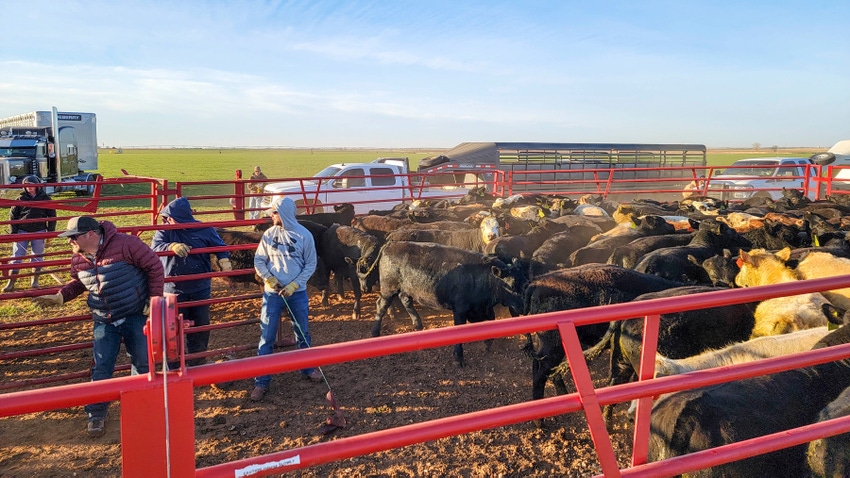
Producers across the United States and the Southern States are increasingly adopting the Livestock Risk Protection Program, commonly known as LRP. This program, which is designed to protect ranchers against falling cattle prices, has witnessed a remarkable surge. From a mere 71,000 head covered in 2017, the usage of LRP has increased rapidly to 5.2 million head by October 2023. In 2022, ranchers insured 3.4 million head, up from 1.8 million in 2021. Ranchers’ use of LRP in the Southern region has contributed significantly to this growth (Figure 1). As of October 2023, ranchers have insured approximately 1 million head annually through the LRP program, with Texas and Oklahoma insuring 56% and 34% of this total, respectively.
Figure 1: LRP Usage in the Southern States

This increase occurs alongside increases in subsidy levels and other changes to LRP and the significant improvement in the market feeder and live cattle prices (Figure 2). During 2019 and 2021, the USDA introduced several modifications to the LRP program. These changes not only reduced the producers’ portion of premium payments but also allowed them to defer premium payments until the end of the endorsement period. The option to pay premiums at the ending date offers ranchers a considerable cash-flow advantage. Another benefit of the LRP program is it doesn’t require a minimum number of cattle to be insured, meaning cow-calf or stocker producers with just a few head can use it.
Additionally, the rise in cattle prices has emphasized the importance of implementing a solid price risk management plan. LRP can help minimize financial losses, secure profit margins, and reduce the risk of business failure, particularly in the face of higher investment levels. The increased adoption of LRP reflects a growing number of ranchers who are utilizing risk management plans in their operations.
Figure 2: LRP Head per Year and Feeder and Live Prices per Month
 Source: USDA – RMA. Livestock Risk Protection Participation. https://www.rma.usda.gov/Information-Tools/Summary-of-Business/Livestock-and-Dairy-Participation
Source: USDA – RMA. Livestock Risk Protection Participation. https://www.rma.usda.gov/Information-Tools/Summary-of-Business/Livestock-and-Dairy-Participation
Source: Southern Ag Today, a collaboration of economists from 13 Southern universities.
About the Author(s)
You May Also Like




